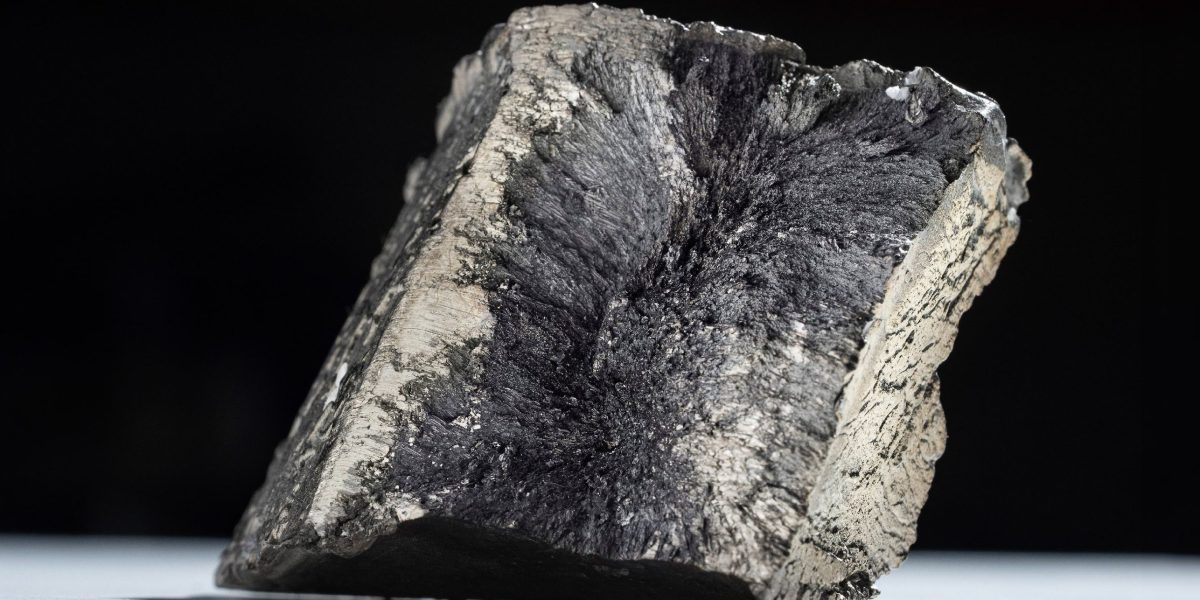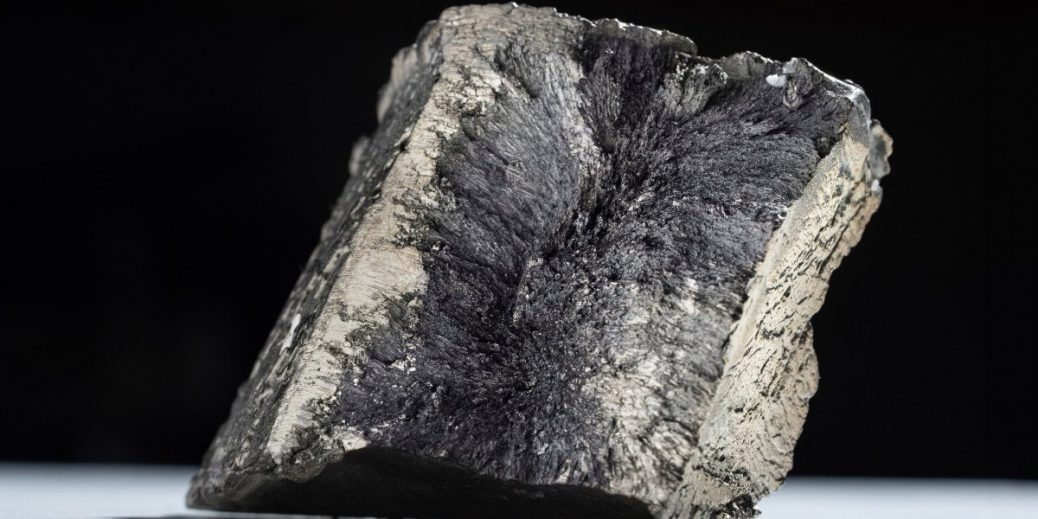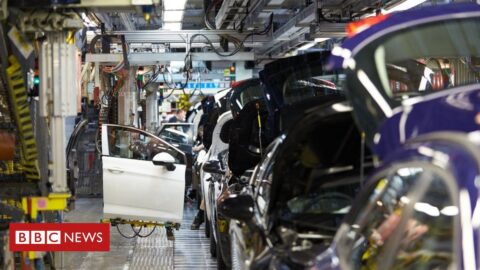
Rivalia prefers to work with existing waste products as opposed to coal that has not yet been burned. This approach is risky; extraction from unconventional sources can cost more than mining, given the low concentrations of rare earth elements and the greater initial concentration of toxic contaminants.
Still, Stoy says, this is a strategic move in light of the need to diversify supply. It’s also an opportunity to make use of a widely available material with few alternative uses and significant economic value; the value of rare earth elements in US coal ash reserves was previously estimated at $4.3 billion (based on 2013 prices) and has likely grown since then. As a fairly new startup, the company is still in the R&D stage and is currently focused on reducing extraction costs.
“I want to be one player in a big ecosystem where there’s a lot of folks producing rare earths. That’s the best outcome for everyone.”
The race to produce rare earth elements domestically in the US is, at least partially, an attempt to figure out how to do so economically; however, companies are unlikely to get production costs low enough to be able to compete on price alone. Experts hope consumers will be willing to pay a premium, partly absorbing the increased costs.
“Hopefully there is a market for a domestically produced material that’s produced in an environmentally conscious manner and an ethical manner that’s respectful of the workers producing the material,” says Evan Granite, program manager for the carbon ore program at the DOE’s Office of Fossil Energy and Carbon Management.
Regulators have started addressing the coal ash problem, so startups hoping to use the material will need to watch ongoing developments closely. The EPA began regulating the management of coal ash ponds in 2015 following destructive spills in 2008 and 2014. A recently proposed update to the 2015 rule mandates that older, inactive ponds that were previously exempt be covered or excavated.
Following the 2015 regulation, Earthjustice said that closing ponds by capping them in place is insufficient if they are within five feet of groundwater, and that in such cases only full excavation will prevent future damage. Either option—capping or excavation—would make coal ash harder to access for companies like Rivalia. Stoy says she considers this a reason to move decisively.
Stoy says she is wary of inadvertently creating new markets for coal by-products, which could jeopardize the country’s clean-energy ambitions. Ironically, if utilities stopped using coal, Rivalia’s source materials would eventually dry up. However, she isn’t worried just yet—even in the absence of new production, the US now has 2 billion metric tons of ash, and many other countries seem likely to continue burning coal for the foreseeable future.
Handling all that ash will have to be done with care, says Lisa Evans, senior counsel in the clean-energy program at Earthjustice. Evans says that even for companies motivated by cleanup hopes, additional regulatory oversight is needed to ensure they dispose of by-products appropriately. “What I’ve experienced in so many years of looking at how industries behave is that they don’t do anything they’re not required to do,” she says, adding that the government should also ensure that communities receive adequate notice of nearby extraction activities.







Recent Comments